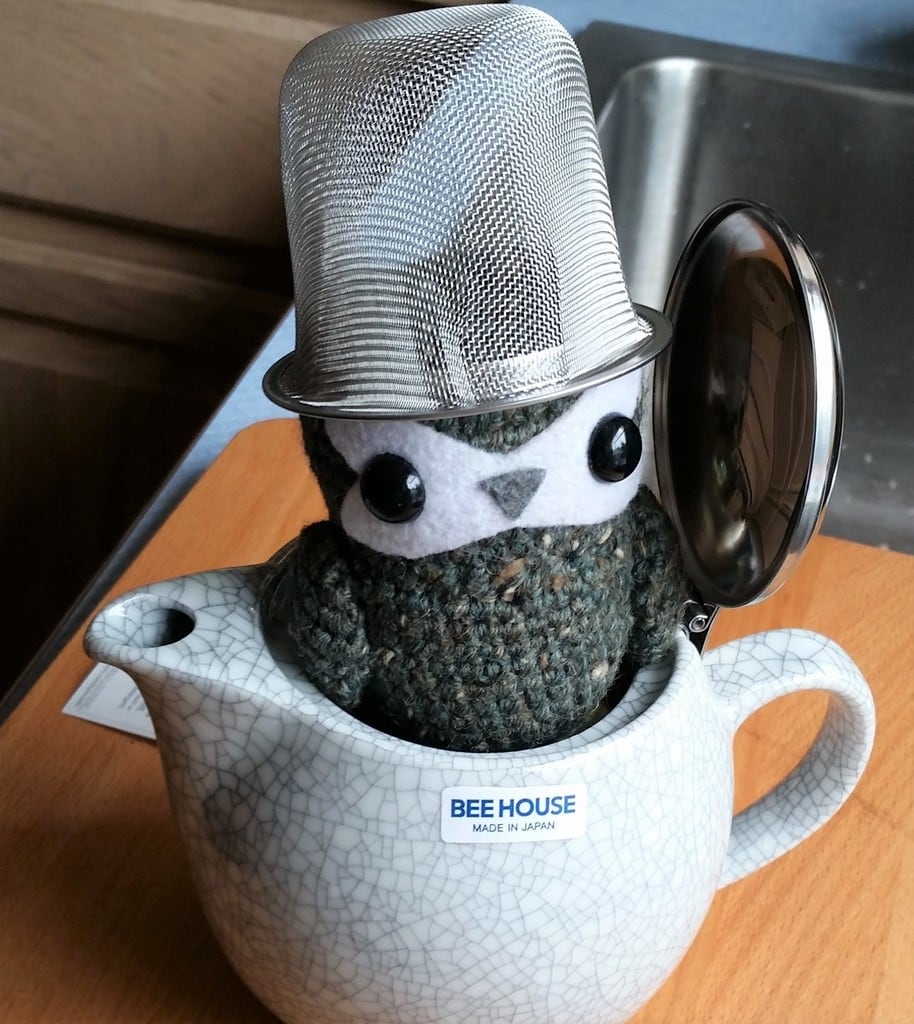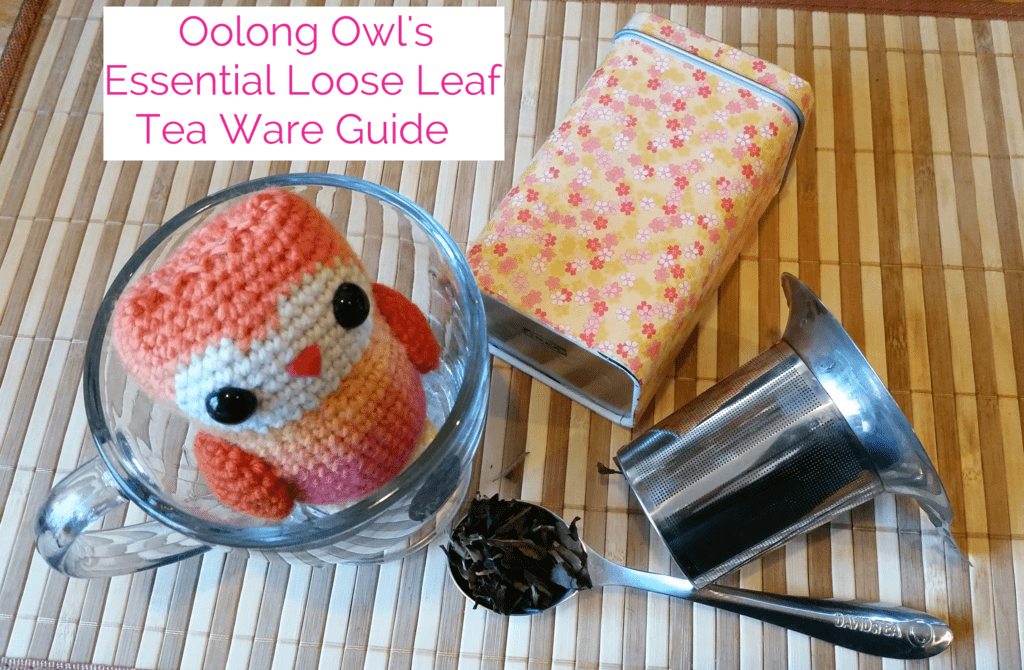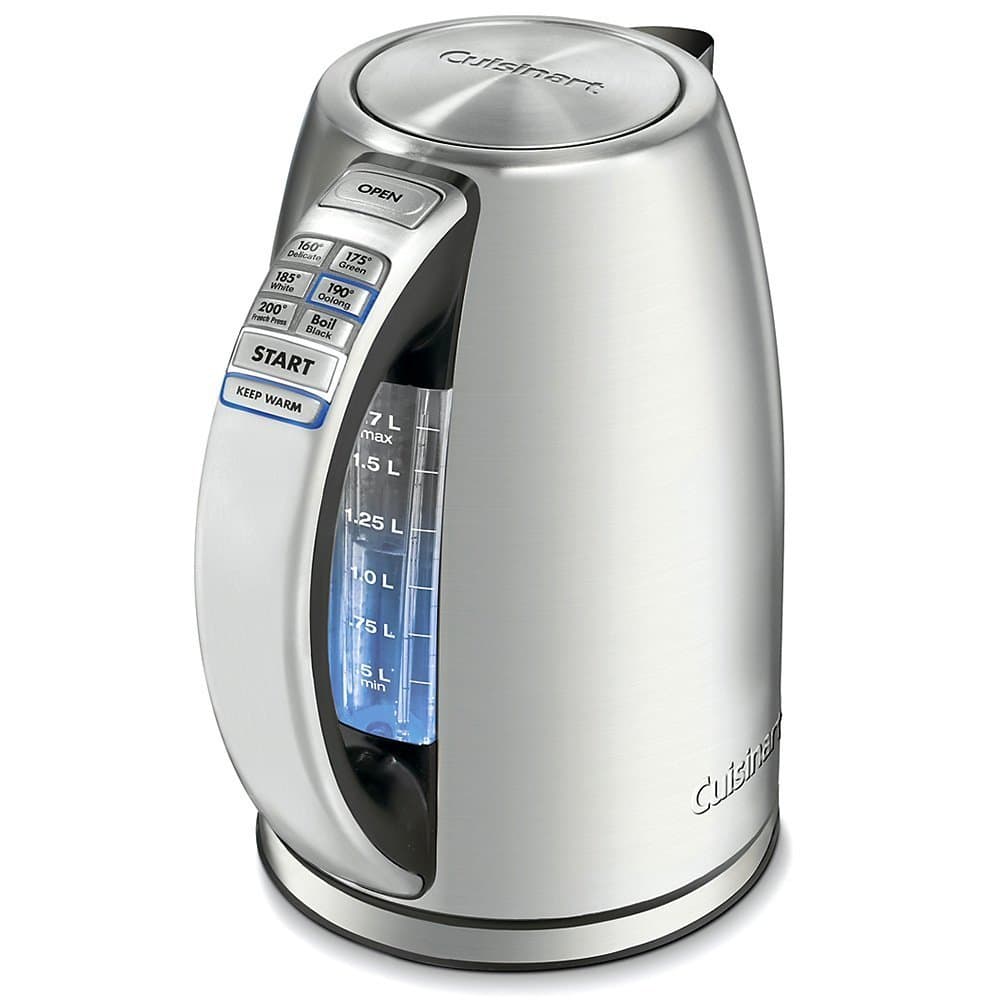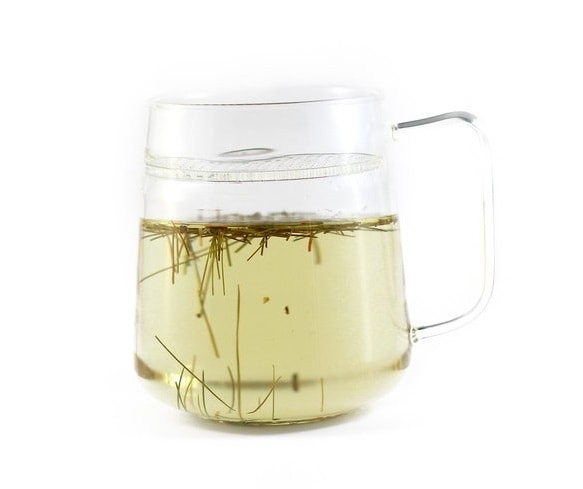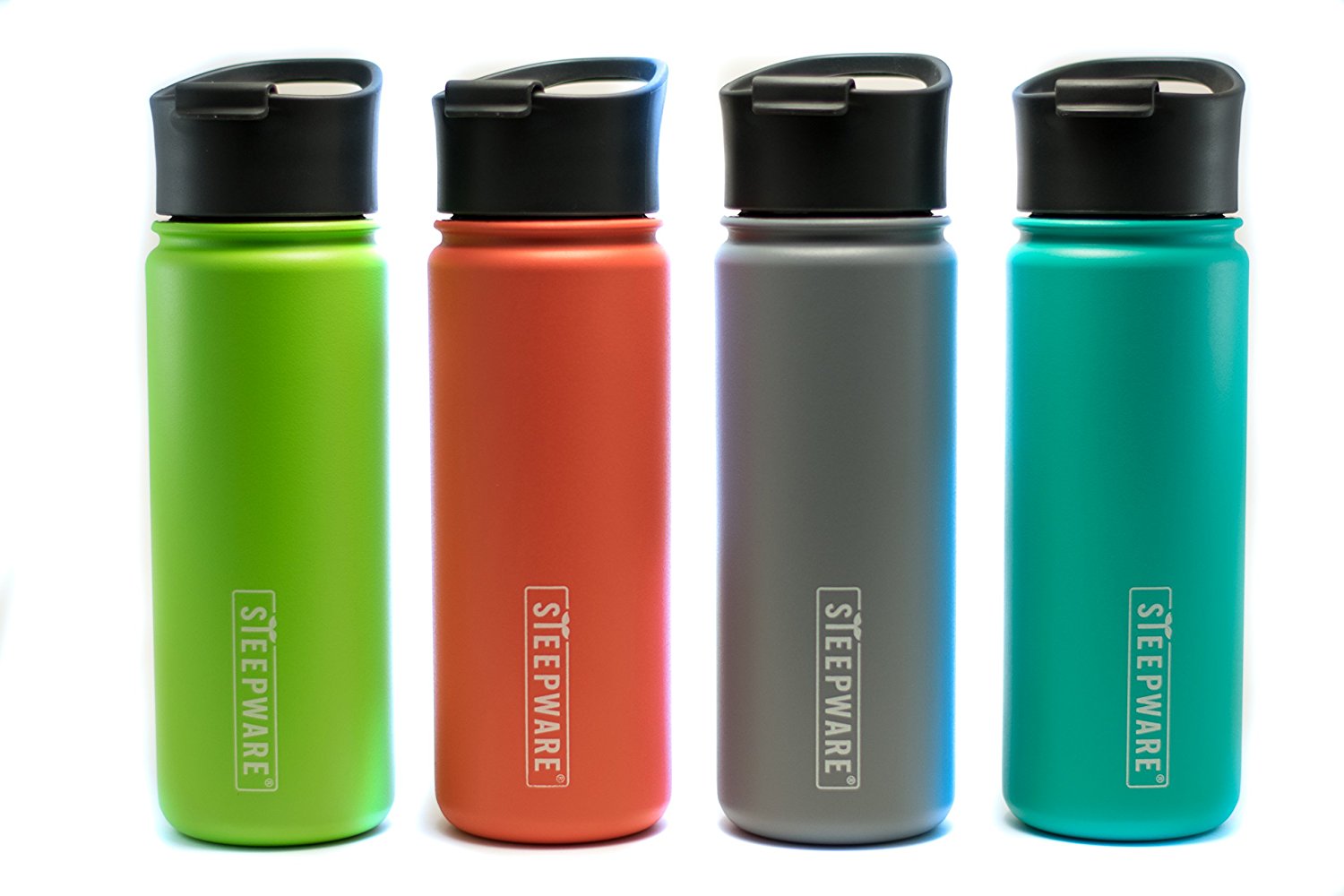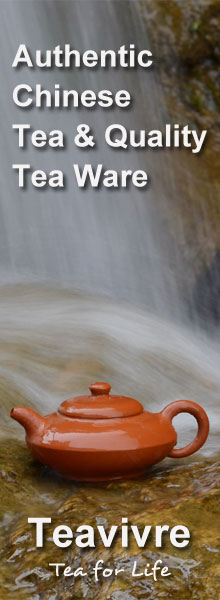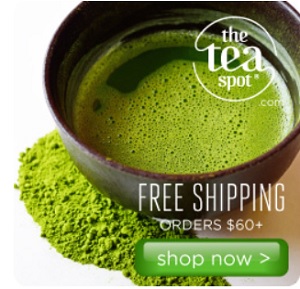If you didn’t know, incense and tea is a thing. There are cool tea and incense photos on Instagram, or maybe you have seen it at a gongfu session with all the fixings. Early on, I was put off as I bought a teapot from a tea shop that lit incense and it took work to get the smell out of my pot. That reason alone, I do not recommend lighting incense around your tea.
I am big on scent – I think my sense of smell is the majority of my skill and enjoyment in tea drinking. I’m no supertaster as I like bitter vegetables and painfully spicy foods. I try to remove all scent from my tea drinking as best as I can so I can focus on the tea – no lotions, perfumes.
But now here I am – testing incense and tea to figure out what the fuss is about. Totem Tea has nice teas, which I’ve reviewed before. Totem Tea also started carrying fancy incense.
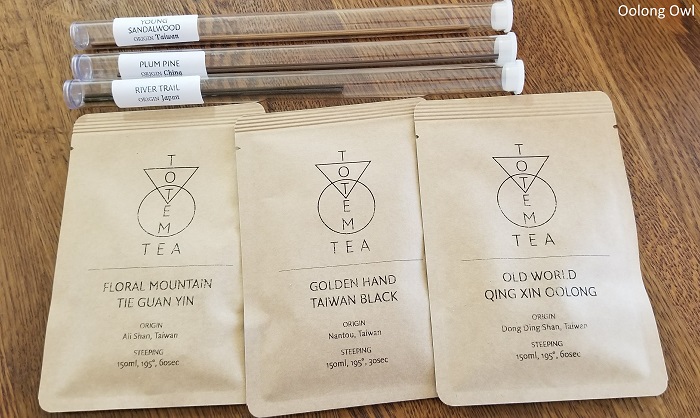
I am going to drink the tea, hit up the insense, and see how it affects the tea drinking. By the way, I procrastinated hard on actually doing this tea insense thing. I refused to light incense in my regular tea space, especially since I tend to have some puer cakes airing out, so I waited until after my kitchen renovation chilled out and my table was clear and clean. Tea Owl was happy to play with fire.
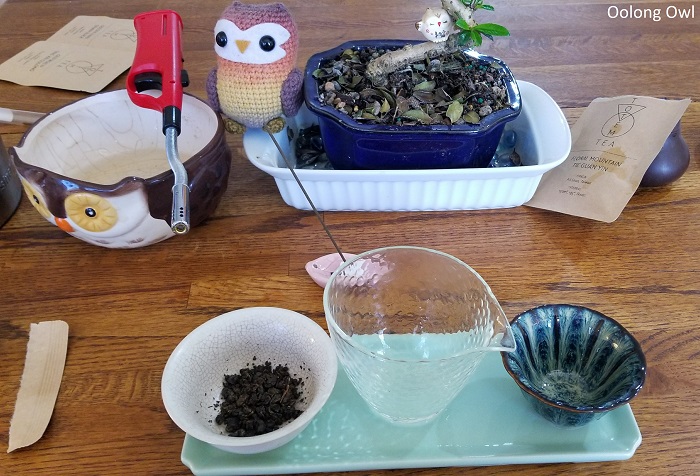
Awesomely, Totem Tea lists tea suggestions with their incense. River Trail was the only incense that mentioned to pair well with teas I had. That said, Floral Mountain Tie Guan Yin + River Trail was the only good pairing, the rest was me matching similar notes.
Floral Mountain Tie Guan Yin + River Trail Incense

As with all my other oolongs, I went 1gram of leaf to 15ml of vessel size, steeped in boiling water gongfu style.
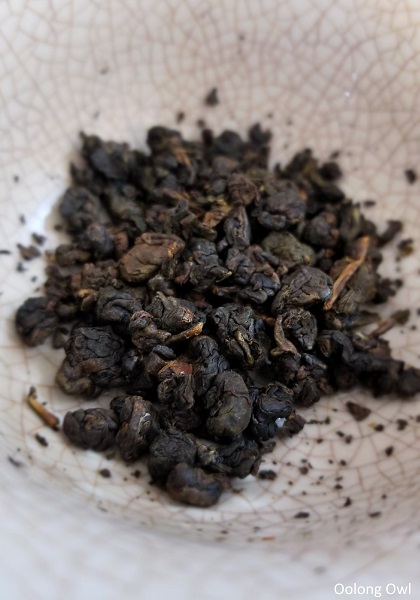
I was expecting a greener oolong since it sported a floral name and Alishan origin, but Floral Mountain Tie Guan Yin has some a good amount of roast and oxidation. The hot leaf smells roasted and sweet.
Early infusions are very smooth and sweet, with a light floral aftertaste. Floral Mountain Tie Guan Yin has wet rock mineral notes, light honey, floral buttercup flowers, but no sharp roasted notes or green/vegetal flavor. A whole lot of salivation in this tea, potentially needing a bib to catch it. Floral Mountain Tie Guan Yin oolong checks a lot of boxes for what I like, as I love being able to smell my damn tea from inside my mouth.
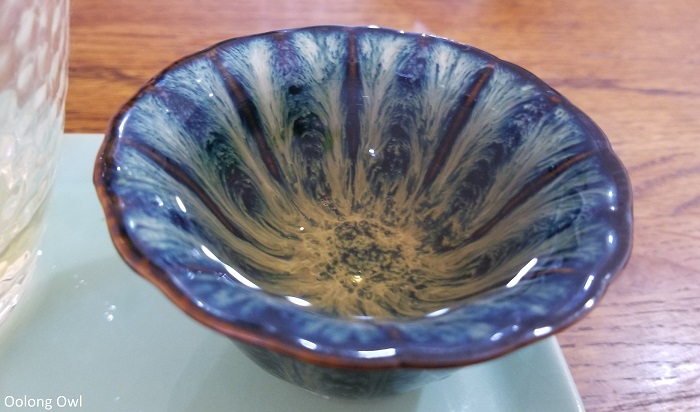
River Trail incense, which is a Japanese made aloeswood, sandalwood, and other spices including cinnamon, clove, and benzoin, is described as a calming scent. It has a lightly smokey, spice and mellow scent. On its own, very nice smell, I could be sold on incense as this smells good and chill.
At first, adding incense to tea really messed up my tea drinking routine and senses. I can smell the incense wafting around, and as I sip, I lose that aroma that comes naturally from tea drinking through the sinuses and scent from the cup, as its all incense. It certainly makes you home in on the flavor and the oolong is bitter and strong in floral in the aftertaste.
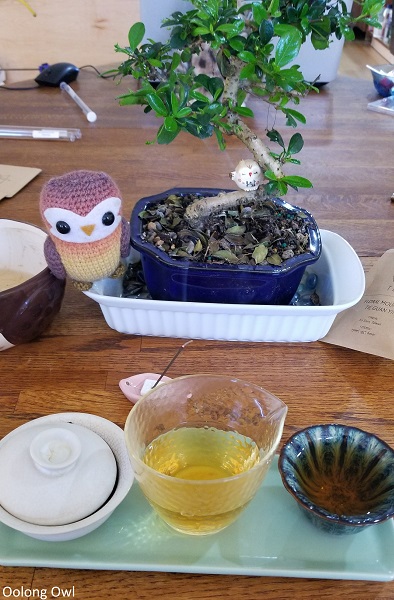
The added scent as another layer of the tea drinking experience, accenting the roast on this tea as mellow and rocky, adding with the relaxing spice and smoke, but also pulling out the floral more as it is the one-off taste from the smells.
River Trail’s scent lingered in the air after lighting, I started to worry about carryover of smells, but I carried on.
Old World Qing Xing Oolong + Young Sandalwood
Old World Qing Xing Oolong is a Dong Ding with the hot leaf smelling like buttered walnuts, OMGERD I am drooling.
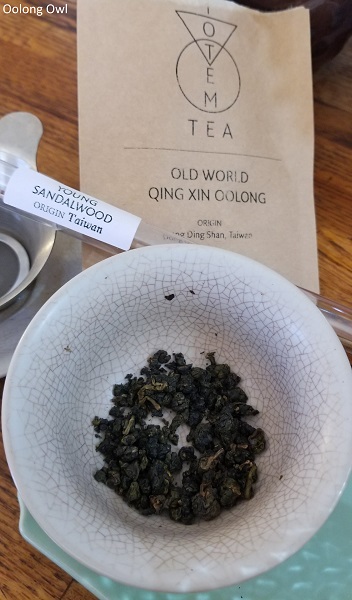
Really nice oolong, I feel bad throwing incense into the mix. Old World Qing Xing Oolong is buttery, sweet, walnutty and a little green woodiness. It has that sharp light dryness of walnut skins. The more I drink, the more it isn’t buttery, it’s the smell of the liquid. It has a nice slick silky texture and good salivation.
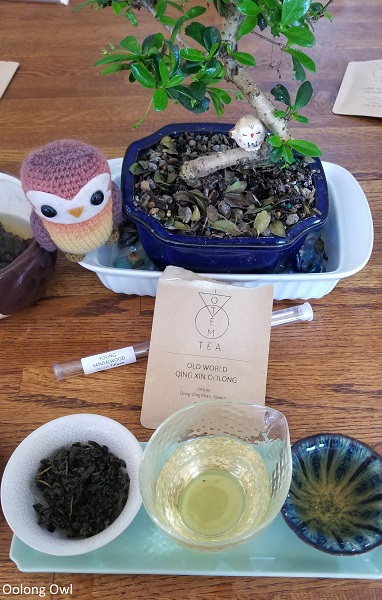
The incense I chose for this tea is Young Sandalwood, described as, “bright and rich in its aroma.” I am very impressed again how nice this incense is and it smells. It isn’t pungent or smokey, but really sweet and bright. It quickly overtook the entire room with the sweet sandalwood scent.
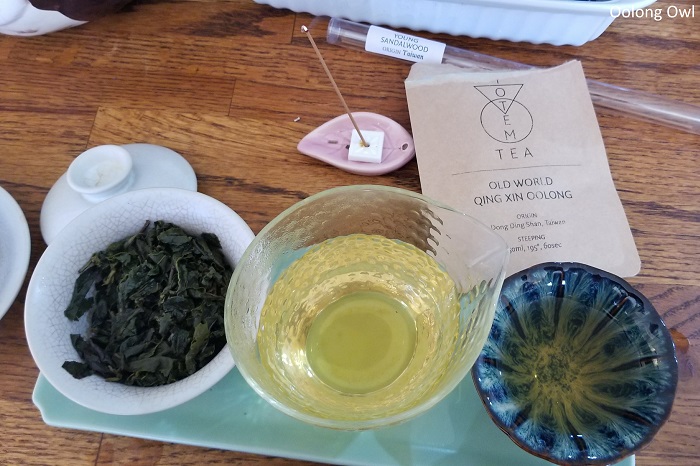
Paired with tea made a huge turn. The smell is very strong, due to the brightness. It pulled out more of the sweet notes of the tea. Old World Qing Xing oolong tasted more like candied walnuts. My brain is filling in coconut notes for some reason with the added sweet scent. Really interesting as this whole experience just enhanced the sweetness to the max.
The oolong lasted longer than the incense. Partially as I got caught up with writing, but oolong was more mellow, more buttery and smooth, and less sweet. In the later infusions, the oolong got more like stewed snap peas and squeaky feeling dry in the mouth. After the incense died, I found this one didn’t linger as strongly as River Trail.
Golden Hand Taiwanese Black + Plum Pine
Golden Hand was made from some experimental cultivation crossing Ruby 20, 12, Jin Xuan, and Si Ji Chun.
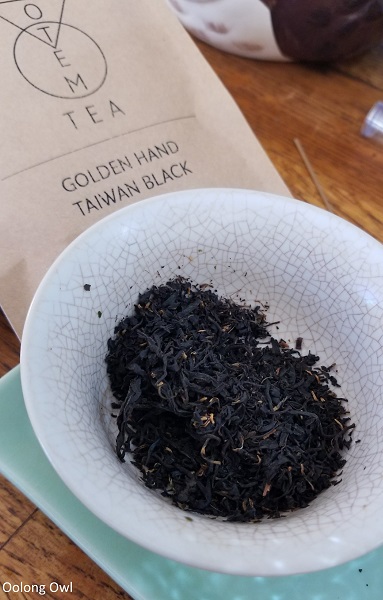
This is a weird tea, in a good way. I can taste cherry pits, wood, malt, and oddly a little cookies and cream. It has a dryness to it on the first infusion screaming “You shouldn’t have boiled this” as I can feel my throat clench in anger. I did learn this lesson before that if I see a black tea with a lower temperature suggestion that I should follow it, but I keep wanting to break tea.
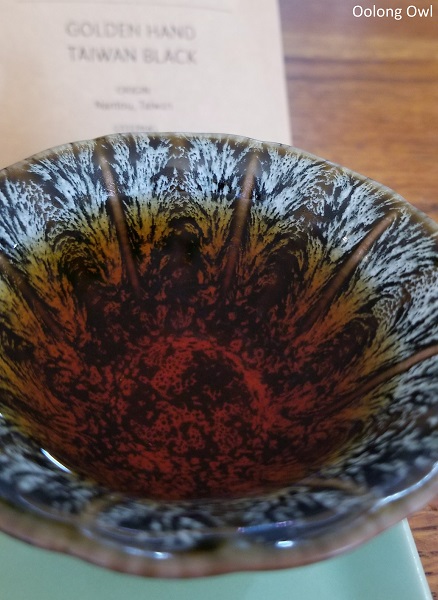
At first, I was going to pair the tea with Kalimantan Aloeswood, but the incense gave me a headache and smelled like an avocado on fire. Some smells just don’t work for me and set off headaches. I was sad as the Kalimantan Aloeswood sounded like a better pairing. That said, I was left with Plum Pine as my other option. The Plum Pine incense smelled cute with elements of sugar, cinnamon, pine, and cookies.
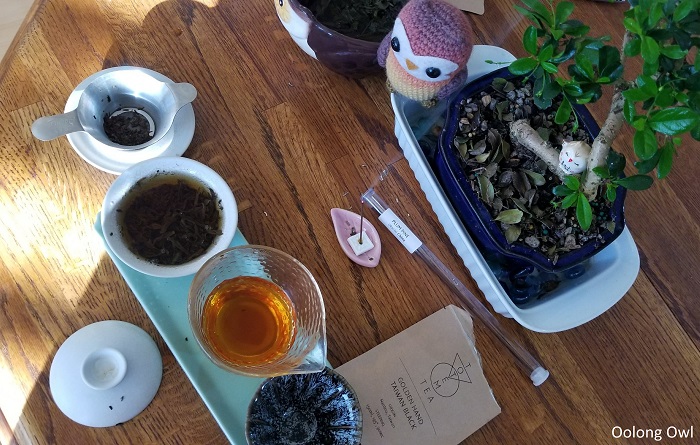
This pairing was forgettable. Both the incense and tea were on the same level on the same level of intensity of smell and flavor, as well as similar elements like wood, and sweetness. As the tea progressed, it got more fruity cherry than malt, continuing to match the sweetness of the incense. It didn’t pull or enhance any elements of the tea, just kept parallel, but also distracting from the tea if it was intended to be the main attraction.
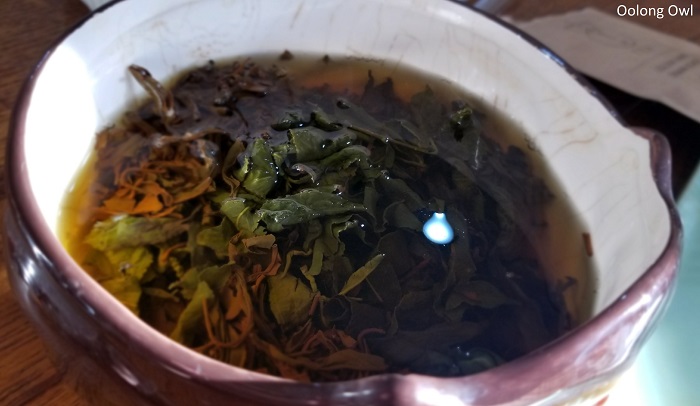
Comments
In terms of tea, all the teas I tried were quite good. Totem Tea has some great teas, especially if you prefer darker, roasty, and richer flavors. Of the teas, Floral Mountain Tie Guan Yin was my favorite, followed by the Old World Qing Xing oolong. The incense was great, I like 3 out of 4 on their own. If you haven’t tried Totem Teas, certainly give them a try.
Regarding incense with tea, it had some interesting elements of complimenting, enhancing, or redirecting the tase of the tea. If you pair it right, you can have some fun changing your tea tasting experience.
On the flip side, incense certainly removed tea scent from the session. I really missed smelling the actual tea as that is where a lot of my enjoyment of tea comes from. Incense is the stronger foe and adding another element to the tea session made it more confusing and stressful at first.
I personally rather just have the tea center stage. Maybe I don’t entirely get it, as I could scent pair Axe Body Spray and feel the same objectively. Then again, I am biased and went in feeling incense is more of an atmospheric pretty tea table thing. Certainly, feel free to add scent to your tea sessions to set a chill mood or experiment. A tea table with all the fixing is not needed to enjoy and taste tea.
(Incense and Tea provided for review)






